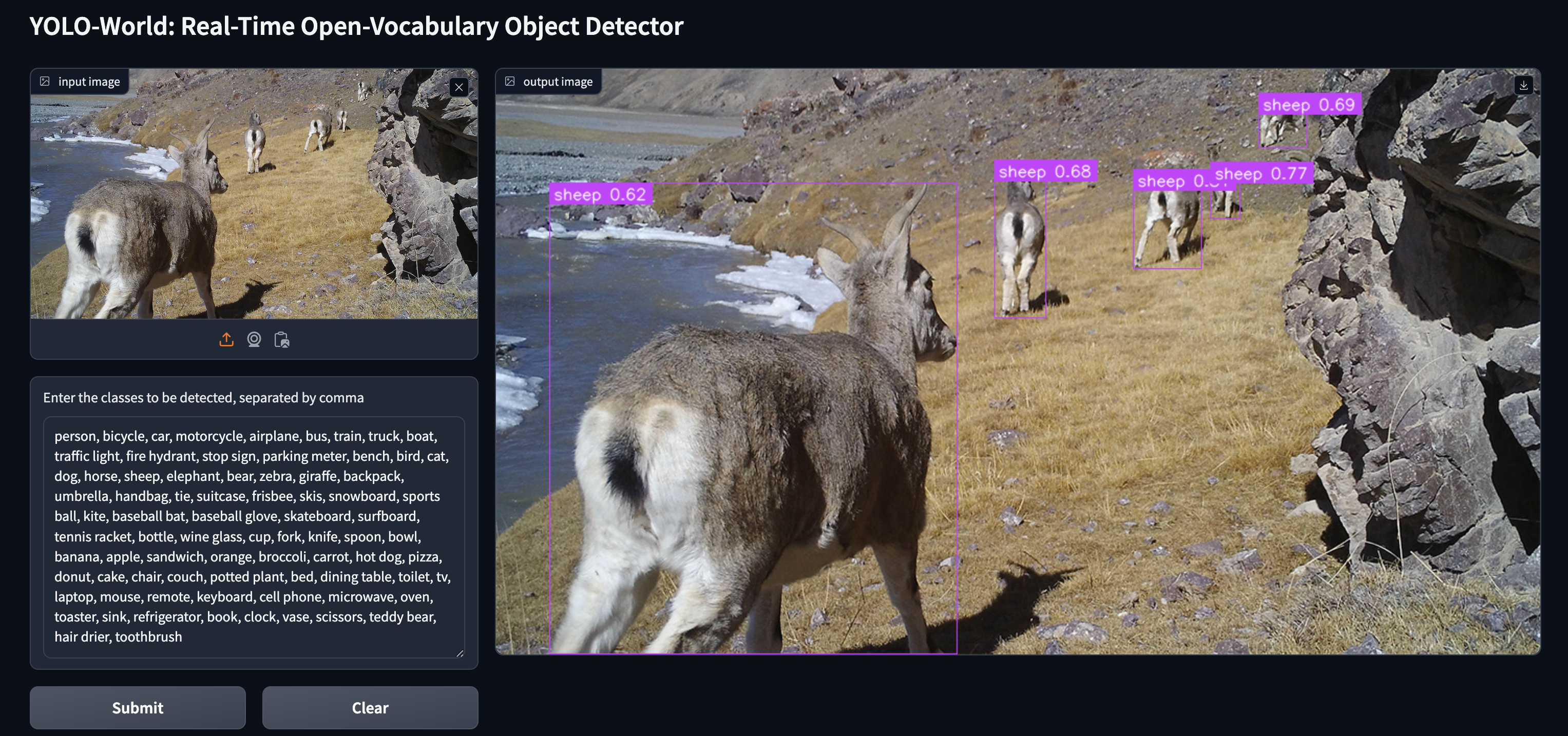To Foster that Wildlife Friendly Actions (i.e, guanaco use) could bring solutions on the conflict generated between conservation and livestock production paradigm.
Communication is vital for any company, business, or professional activity. It is useless to have a lot of knowledge and great abilities to generate a good product if we do not manage to make ourselves visible in an effective way, attracting consumers. For large companies (due to having a budget and specifically assigned), it is relatively easy to find the perfect insight and get to shape the campaign. SEO strategies, SEM, usability and UX issues, social media, implementation of channels such as email marketing or SMS, etc. A good campaign knows how to make room in all these areas. However, it is a mistake to think that only companies with large resources can gain a good digital presence or outside it. When we talk about "social communication" we must bear in mind that not everyone has access to each of the available digital platforms, nor are they present in all existing social networks. We consider a "successful" strategy if we manage to gain visibility using the most frequent communication channels available to capture interest and loyalty.
“create, measure, and learn” potential communication (comm) strategies on WFA. These workshops will explain basic guidelines on comm styles, impacts of different strategies, and the scale of those. Some campaigns will want to gain visibility, notoriety, generate engagement in social networks or simply cause a considerable impact to make the audience act. Training for comm actions to build and strengthen capacity within national stakeholders and local communities to expand on WFA.
The PayúnMatrú Cooperative members may be able in the future to teach the methods they learn during this project to other groups that wish to manage guanacos in Patagonia. Wildlife Friendly Actions to obtain guanaco fiber become a standard procedure by guanaco-fiber producers all around the Patagonian Steppe.
The communication efforts applied so far, through small notes on science pages, television, and radio channels to disseminate our project paid off. Since one of them reached the managers of Good Growth, the international company that connects science, customers with the world´s most successful Brands. With the help of WCS that is a representative of the WFEN and as such, acting as a link between both companies to sign a contract, which states two important points: a)the parties understand that the costs of a well-conducted management operation imply that the base price of guanaco raw fiber should be 200$; b)the purchase of 100 kilos from the Payun Matru Cooperative.
